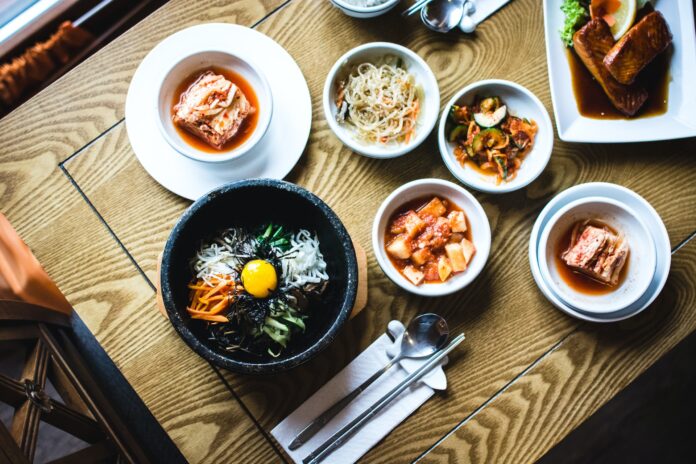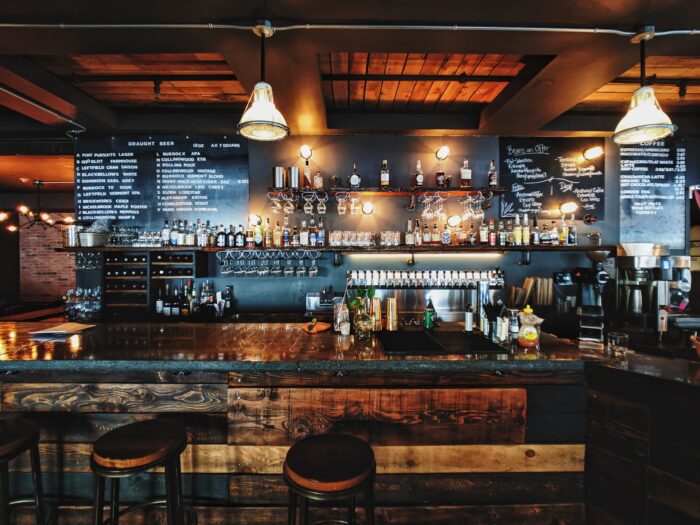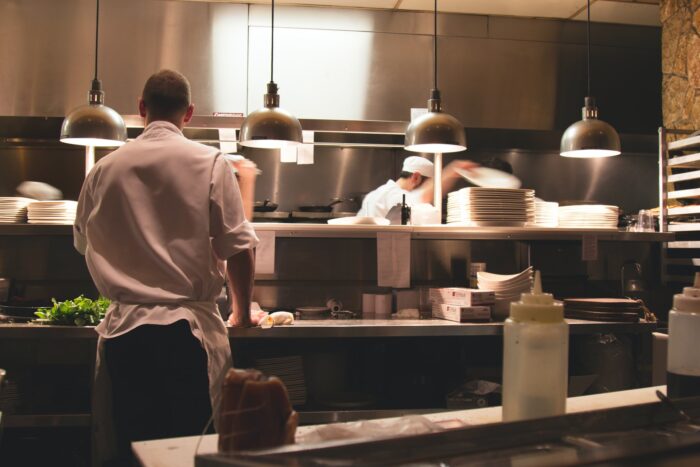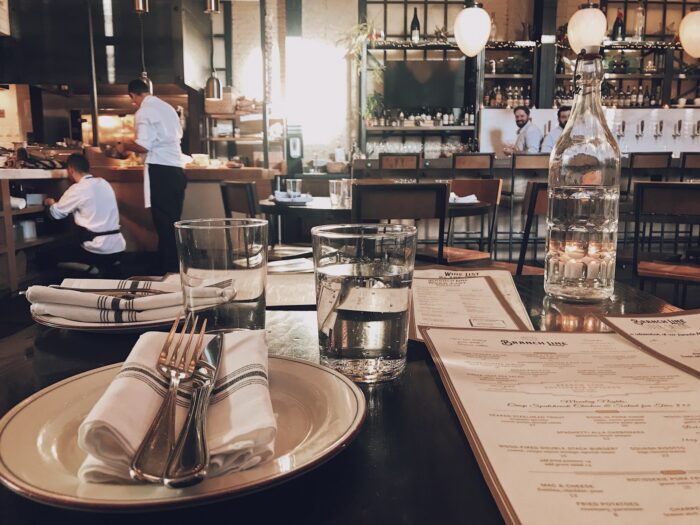
The restaurant game is a tough business, with around 60% of new openings failing in the first year. In fact, only 20% get the past five years. With this in mind, someone opening a new restaurant needs to have a strong business plan to succeed.
You will need finances behind you, the right staff, and you will have to apply for a business license before you can open.
Here are some of the many ways restaurants fail and how to increase your chances of running a successful eaterie.
Choosing the right location

For a restaurant that is already successful or is part of a big chain, the location may not be quite so essential. People are willing to travel to somewhere that is seen as a destination restaurant. When you start, you need somewhere with good footfall or other business around that brings shoppers and diners into the area.
Concept and gimmicks
Depending on what type of restaurant you are running, you may want to have a theme or concept. Perhaps you are opening a burger bar, then you could give it a movie theme or design it in 1950s style with uniforms and fittings to match.
If you wanted to have a ‘hook’ or gimmick to draw people in, maybe your restaurant can include the biggest burger in town or a huge steak free if eaten at a certain time.
Watch the profit margins

This can be one area that a restaurateur can overlook, especially if the owner is also the chef. Making a profit is going to be the way you survive that difficult first year. The average restaurant profit margin might be up to 15%, but generally, it could fall more around the 4% mark. You consider all expenditures from utility bills to wages and the cost of the food. Waste and shrink also come into effect here. Using a profit margin calculator on gigacalculator.com that can help simplify this tricky area. Being proactive about accounting is also a good way to watch the cents and dollars.
Menu design
An attractive and clear menu will help with sales. Don’t write fluffy descriptions of the food that leave people wondering what they will get. This just means more of the servers’ time being taken up and confusion amongst the diners. You must also understand the needs, societal beliefs, and culture of the target market. For instance, it will not make sense when you sell pork to a predominantly made-up community of Muslims. Determine whether what you want to sell to the target community goes against their beliefs in any way.
Quality food

It goes almost without saying that the food has to be fantastic. You don’t just want people to eat in your restaurant, you want them to return and to tell others to come also. That can only happen when you have quality food that keep people yearning for more. Ensure that you source for quality raw materials as replicate quality in the cooking process as well.
Getting the right staff
Your staff is going to be a big part of the dining experience your guests have. Obviously, you will look for experienced restaurant workers, but if you can provide solid training, fresh enthusiasm goes a long way. Students need money and will often look for work while studying. Restaurant work can be tiring with long hours and difficult customers so you need to make a good work environment where the staff knows they can rely on you to look after them. Ensure that you invest in continuous training to ensure that your employees are up to the standards and know what is expected of them.
Social media

In these times, social media presents a big part of everyday events. Restaurants are one very popular part of Instagram. It has become trendy to post photos of the food they are eating. If you create eye-catching dishes, then upload them to your social media accounts. Using the right social media tools is a great way to advertise and a quick way to showcase your creations with potential customers.
Also, make sure you interact with your customers on social media. This helps build brand loyalty and let people know about menu changes, special offers, and events such as New Years’ or Thanksgiving. Take your followers behind-the-scenes as you prepare foods and make them feel like part of your community. You can also take advantage of user-generated content to build a solid community of followers.
Read the reviews
While it is sometimes hard to take criticism, ignoring online and print reviews is akin to sticking your head in the sand. If you regularly check on Google reviews, you can see if there is an area consistently being complained about. Maybe the booking system isn’t working properly or there is one dish that seems unpopular.
Many consumer review platforms give you the option to respond to these comments, and by doing so your customers can see you care. Experts can explain the impact of restaurant reviews. It gives you a chance to apologize or explain why something was wrong and increases your chances of that customer returning. However, you must also know how to maintain your cool when you come across malicious reviews. You must realize that not every comment or review requires your response.
Consistency

This applies to all areas of the restaurant. You want good service every time for every customer. Set the standards you want and make sure your staff sees that you follow them yourself.
The food and drinks need to be the same every time they go out of the kitchen. It is disappointing for a diner to return to a restaurant and order a dish they liked only to find it isn’t up to scratch this time.
Summary
Although the restaurant business is a hard market to crack properly and with potentially low-profit margins it is certainly possible to succeed. Choosing the right kitchen and front-of-house staff is vital along with making eye-catching dishes that taste great every time.








